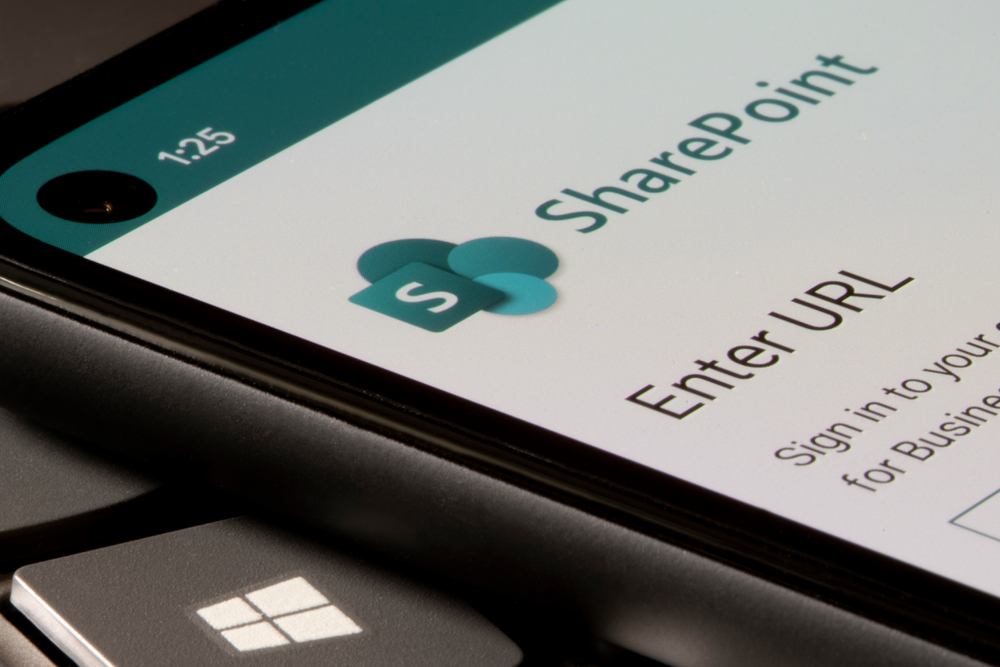The recently disclosed vulnerability, CVE-2024-38094, in Microsoft SharePoint presents a significant threat to organisations by allowing attackers to execute remote code on compromised servers. This flaw stems from improper input validation when processing ASPX files in SharePoint, and it requires minimal user interaction to exploit. Once exploited, the consequences can be severe, particularly for organisations that rely on SharePoint for collaborative work and data management.
Exploitation Process
To exploit CVE-2024-38094, an attacker must first gain authenticated access with at least Site Owner permissions. While this may seem like a limiting factor, attackers often use social engineering or phishing campaigns to steal user credentials, especially those of privileged users. Once access is obtained, the attacker can craft a malicious ASPX file, a web page used in SharePoint’s .NET framework, and upload it to the target server.
The specially designed ASPX file can contain a payload that triggers remote code execution. For example, the attacker may use this file to initiate commands that compromise the server, such as running a PowerShell script or other malicious code. This is possible because the ASPX file exploits how SharePoint handles certain requests, particularly in file deserialization processes, to gain unauthorised control over the system. In some instances, attackers can bypass additional security checks and exploit this flaw without triggering alarm, making detection difficult.
Impact on Organisations
If successfully exploited, CVE-2024-38094 allows an attacker to run arbitrary code with the same privileges as the SharePoint server itself. This could enable attackers to:
- Compromise sensitive data: Attackers can steal confidential data stored in SharePoint, including files, user credentials, and internal communications.
- Spread malware: Once inside the system, attackers could deploy additional malware to compromise other systems connected to SharePoint, leading to a broader breach.
- Escalate privileges: After exploiting the vulnerability, attackers could move laterally across the network, escalating their privileges and gaining further control over critical infrastructure.
- Disrupt business operations: The ability to execute code remotely could allow attackers to sabotage or disable essential SharePoint functions, resulting in downtime or data loss, severely impacting business continuity.
- Create backdoors: An attacker could install persistent backdoors to maintain long-term access to the system, allowing for further exploitation or data extraction over time.
Defence and Mitigation
Organisations must take several steps to defend against this vulnerability:
- Apply Microsoft’s security patches: Microsoft released patches in July 2024 to address this vulnerability, and immediate application is critical. Federal agencies are required to patch by November 12, 2024, but all organisations should prioritise this action.
- Limit user permissions: Only grant Site Owner or other high-level permissions to trusted users, and ensure permissions are regularly reviewed and revoked as necessary.
- Monitor for suspicious activity: Keep an eye on unusual activity in SharePoint, such as unexpected uploads of ASPX files or actions taken by privileged accounts, as these could indicate an active attack.
- Educate staff on phishing: Ensure users, especially those with administrative privileges, are trained on how to spot phishing and other social engineering tactics that could lead to credential theft.
Failure to address this vulnerability can result in significant damage, including the loss of sensitive data and the disruption of critical operations, making it crucial for organisations to act swiftly to mitigate the risk.



















“We were very impressed with the service, I will say, the vulnerability found was one our previous organisation had not picked up, which does make you wonder if anything else was missed.”
Aim Ltd Chief Technology Officer (CTO)